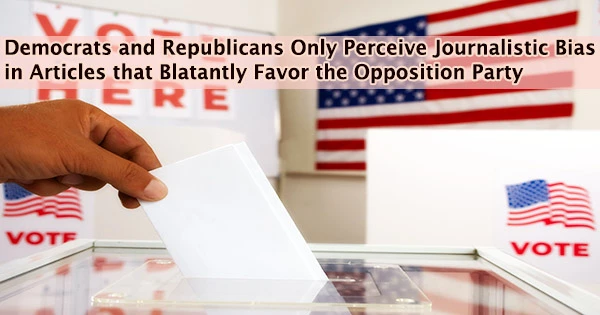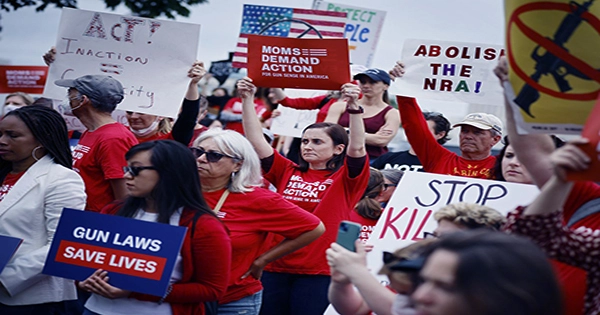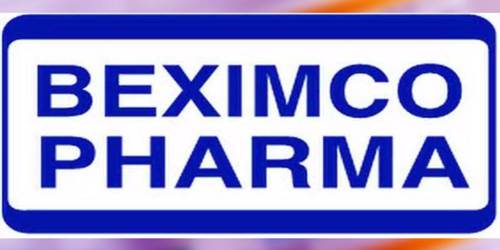In the lead-up to the midterm elections, accusations of media bias namely, that “the media” is attempting to brainwash Americans by presenting them with just one side of every issue have grown as prevalent as political advertisements.
As a political scientist who has examined media coverage of the Trump presidency and campaigns, I can say that this is what social science research tells us about media bias.
First, media bias is in the eye of the beholder.
If you use scientific polling techniques to ask individuals in any town whether their local media is biased, you’ll discover that around half of them will say yes, according to communications scholars. Of this half, however, typically somewhat more than a quarter claim that their local media are biased against Republicans, while slightly less than a quarter claim that the same local media are biased against Democrats.
Research shows that Republicans and Democrats spot bias only in articles that clearly favor the other party. If an article tilts in favor of their own party, they tend to see it as unbiased.
Many people, then, define “bias” as “anything that doesn’t agree with me.” It’s not hard to see why.
‘Media’ is a plural word
In recent decades, the polarization of American party politics has increased. Democrats have constantly shifted from being liberal to being moderate, while Republicans have become more consistently conservative.
Many people have grown resentful toward the opposing party as the battle lines have been more clearly drawn.
In a 2016 Pew Research Center poll, 45% of Republicans said the Democratic Party’s policies are “so misguided that they threaten the nation’s well-being,” and 41% of Democrats said the same about Republicans. A poll conducted in midyear 2022 by Pew showed that “72% of Republicans regard Democrats as more immoral, and 63% of Democrats say the same about Republicans.”
It’s not surprising that media sources have developed to primarily appeal to those who hold liberal or conservative views.
That doesn’t mean that “the media” are biased. There are hundreds of thousands of media outlets in the U.S. newspapers, radio, network TV, cable TV, blogs, websites and social media. These news outlets don’t all take the same perspective on any given issue.
If you want a very conservative news site, it is not hard to find one, and the same with a very liberal news site.
“The media,” then, present a variety of different perspectives. That’s the way a free press works.
The Constitution’s First Amendment says Congress shall make no law limiting the freedom of the press. It doesn’t say that Congress shall require all media sources to be “unbiased.” Instead, it suggests that the free press can function as one of the main balances on a strong government as long as Congress does not consistently repress any one point of view.
The main news outlets at the time the Constitution was drafted and for the majority of American history were explicitly prejudiced for the most part. The majority were supported by partisan groups or individuals.
The notion of objective journalism that media must report both sides of every issue in every story barely existed until the late 1800s. It reached full flower only in the few decades when broadcast television, limited to three major networks, was the primary source of political information.
Since that time, the media universe has expanded to include huge numbers of internet news sites, cable channels and social media posts. So if you feel that the media sources you’re reading or watching are biased, you can read a wider variety of media sources.
If it bleeds, it leads
There is one form of actual media bias. Almost all media outlets need audiences in order to exist. Some can’t survive financially without an audience; others want the prestige that comes from attracting a big audience.
Thus, the media define as “news” the kinds of stories that will attract an audience: those that feature drama, conflict, engaging pictures and immediacy. That’s what most people find interesting. They don’t want to read a story headlined “Dog bites man.” They want “Man bites dog.”
The problem is that a focus on such stories crowds out what we need to know to protect our democracy, such as: How do the workings of American institutions benefit some groups and disadvantage others? In what ways do our major systems education, health care, national defense and others function effectively or less effectively?
These analyses are vital to citizens if we fail to protect our democracy, our lives will be changed forever but they aren’t always fun to read. So they get covered much less than celebrity scandals or murder cases which, while compelling, don’t really affect the ability to sustain a democratic system.
Writer Dave Barry demonstrated this media bias in favor of dramatic stories in a 1998 column.
He wrote, “Let’s consider two headlines. FIRST HEADLINE: ‘Federal Reserve Board Ponders Reversal of Postponement of Deferral of Policy Reconsideration.’ SECOND HEADLINE: ‘Federal Reserve Board Caught in Motel with Underage Sheep.’ Be honest, now. Which of these two stories would you read?”
By focusing on the daily equivalent of the underage sheep, media can direct our attention away from the important systems that affect our lives. That isn’t the media’s fault; we are the audience whose attention media outlets want to attract.
But as long as we think of governance in terms of its entertainment value and media bias in terms of Republicans and Democrats, we’ll continue to be less informed than we need to be. That’s the real media bias.
















